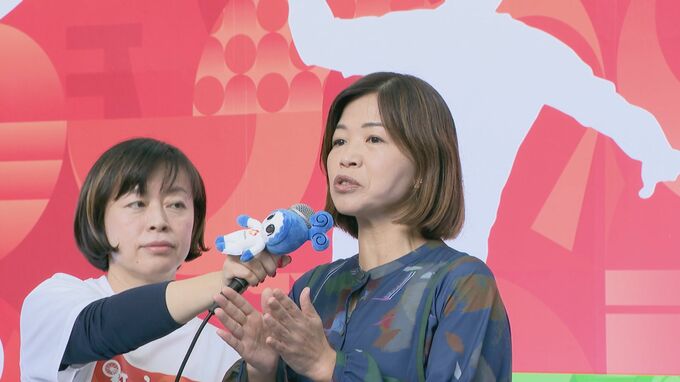An event marking one year until the opening of the Asian Para Games, which will be held mainly in Aichi Prefecture next year, took place in Nagoya.
On the 18th, exactly one year before the opening of next year’s Asian Para Games, a ceremony was held in front of Nagoya Station to commemorate the one-year countdown. The governor of Aichi Prefecture and the mayor of Nagoya City expressed their aspirations to work toward the success of the games and to generate great excitement.
Additionally, on stage, pictograms illustrating the competition events of the games were unveiled. The official ambassador, a talent from Aichi Prefecture, also attended and energized the venue.
Asian Para Games
The Asian Para Games is a multi-sport event held every four years for elite athletes with physical disabilities from Asian countries. It was first held in 2010 in Guangzhou, China, following the model of the Paralympic Games, and serves to promote sports, social inclusion, and empowerment for people with impairments across the continent.
Aichi Prefecture
Aichi Prefecture is a central Japanese region on the Pacific coast, historically known as the home of the powerful Oda, Toyotomi, and Tokugawa samurai clans. It is now a major industrial and economic hub, most famously housing the Toyota Motor Corporation. The prefecture’s cultural highlights include Nagoya Castle and the historic Atsuta Shrine, one of Shinto’s most important sites.
Nagoya
Nagoya is a major Japanese city in central Honshu, historically known as a powerful castle town and the seat of the influential Owari Tokugawa samurai clan. Its most famous landmark is Nagoya Castle, built in the early 17th century, which was a key strategic and economic center. Today, the city is a modern industrial hub, renowned as the home of the Toyota Motor Corporation.
Nagoya Station
Nagoya Station is a major railway hub in central Japan, originally opened in 1886. The current station complex is dominated by the iconic twin towers, which were completed in 1999 and house a hotel, department stores, and offices. It is one of the world’s largest train stations by floor area and serves as the primary gateway to the Chūbu region.






